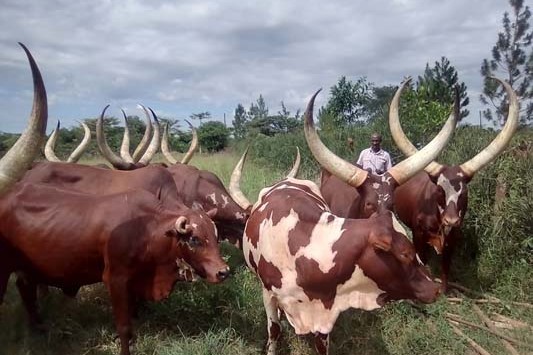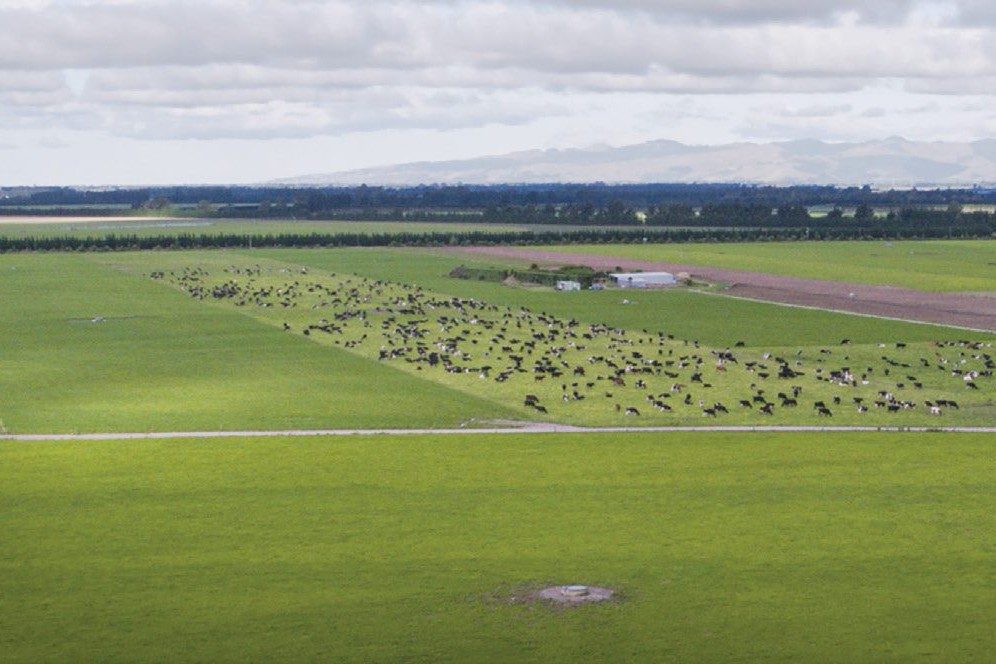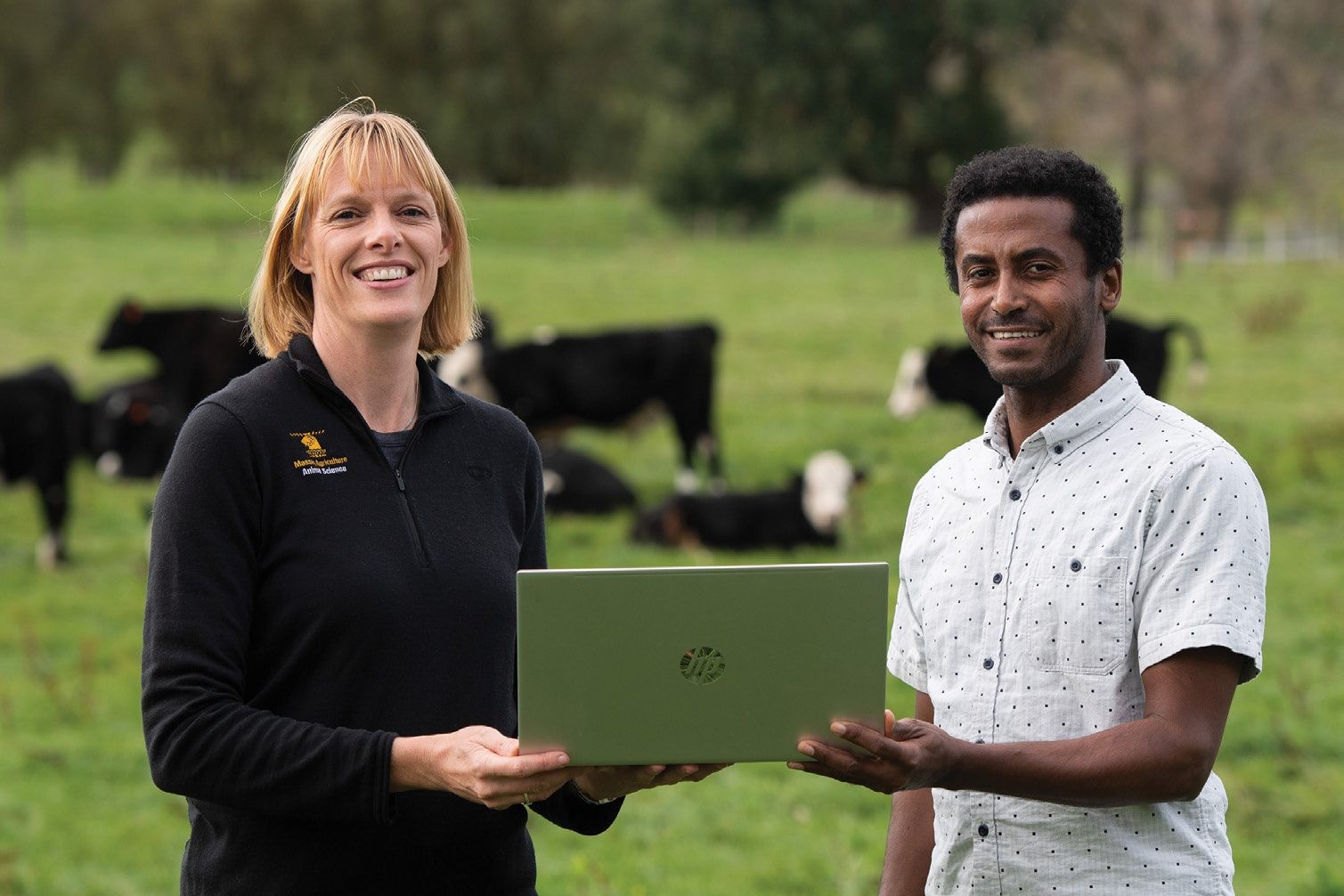The milk price is rising and the end is not yet there. Milk is in demand, especially from Dutch soil. A milk war seems to have broken out in the Netherlands, reports Sjoerd Hofstee.
In the past year, various milk processors in the Netherlands have started looking for more milk. What is going on? Demand for dairy is good, stocks are low and milk supply has fallen by 4% in recent months compared to last year. Added to this is the political uncertainty about what will happen to the numbers of livestock kept. Shrinkage is very likely.
For a milk processor, there are then two options: Closing factories and disposing of the less profitable contracts is the first. This strategy is particularly obvious at FrieslandCampina, where a total of 272 million kilograms of milk will disappear next year.
Since the abolition of the milk quota, the Dutch market leader has already closed 13 factories and with the departure of the 239 farmers this year, capacity adjustment is again necessary.
The second strategy dairy processors can follow is to bring in extra milk. And that is now happening a lot. How remarkable is that and why is Dutch milk so popular? Isn’t the dairy market pre-eminently a market with an international playing field?
Analysts say: “The Dutch label has a positive perception in the market that is strongly embedded. In the first place thanks to the consistent quality of Dutch milk, but also because of the positioning with grazing, clogs and windmills. That is not just marketing, it is based on 50-60 years of consistent quality and security of supply.”
There is another reason. Customers ask for ‘KKM-certified’ milk. This is milk guaranteed produced in the Netherlands under Dutch quality standards with a low environmental impact.
Moreover, transporting milk is expensive, especially today. Milk is 87% water, processors cannot drive far with it. All in all, the dairy market is apparently a lot less international than previously thought or imagined.
Trading via the day-to-day market also offers no solace. With continued good demand and supply drying up, this is a small market. With additional processing capacity in the Netherlands, the amount of milk from the day-to-day market will no longer increase quickly.
Another development is that of ‘sustainable milk projects’. Never before have they been so diverse and numerous as at present. Ten years ago there was conventional and organic milk, now there are all kinds of concepts: meadow milk, GMO-free, Planet Proof, specific supermarket-concepts, Caring Dairy and the ‘Better life quality mark’ of the Animal protection organisation. These milks are less suitable for trade between factories, which is why factories would like milk from their own dairy farmers.
The question is how the battle for milk will ultimately turn out and how long it will last. In theory, if factories closed, an equilibrium would be restored, provided they were not taken over by other processors. Analysts predict the action in the milk market will continue for a while.
‘The dairy market was boring for a long time, but now there is good money to be made again, also with commodities. Apparently companies need a trigger to take action.’
- Sjoerd Hofstee is is a dairy journalist from Persbureau Langs de melkweg, Netherlands.





